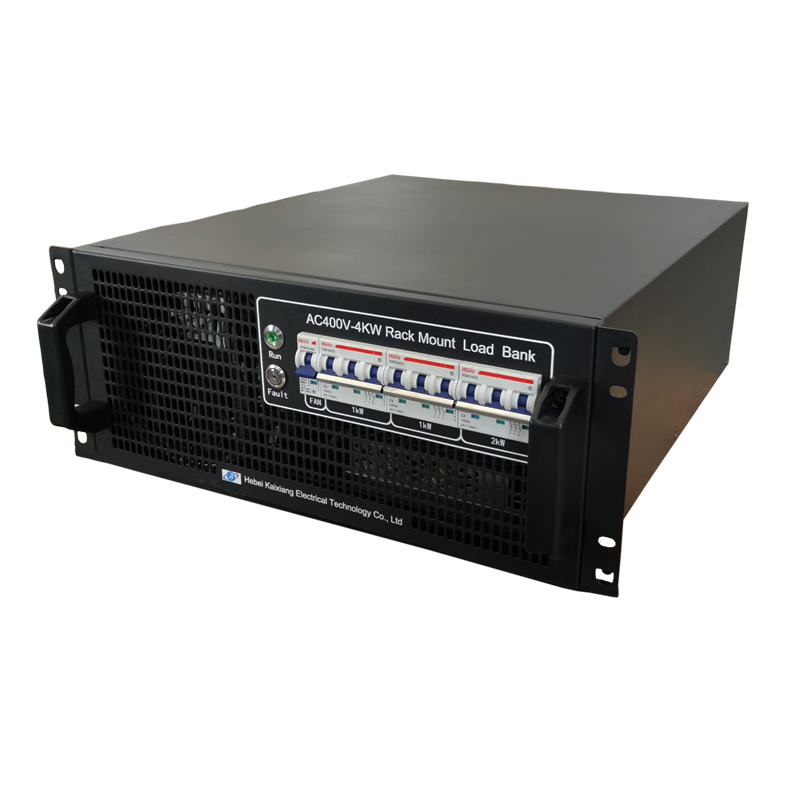What are the data center load requirements?
Time:2024-04-02
With the rapid development of science and technology and the in-depth advancement of digital transformation, data centers, as the core facilities for storing, processing and managing massive data, have increasingly complex and strict load requirements. Data center load not only involves the workload of hardware equipment, but also includes the requirements of many aspects such as network system and power supply. In this paper, the load requirements of the data center will be analyzed and deeply discussed.
First of all, from the perspective of hardware load, the workload that the data center needs to handle mainly includes the workload of servers, storage devices, network devices, etc. These devices need to run stably for a long time, and have extremely high requirements for power stability, heat dissipation performance, and scalability. For example, as the core device of the data center, the server needs to be able to handle a large number of computing tasks and storage requirements, while ensuring data security and reliability. Storage devices need high-speed read and write capabilities and large storage space to meet the ever-increasing data storage requirements. Network equipment needs to ensure the stability and efficiency of data transmission to ensure that the communication inside and outside the data center is smooth.
Second, the load requirements for the data center are equally stringent from the standpoint of supporting the system load. The power supply system needs to provide stable and reliable power guarantee to cope with the power demand when the equipment is running at high load. At the same time, the cooling system also needs to ensure that the equipment is operating within the appropriate temperature range to prevent performance degradation or equipment damage due to overheating. In addition, the data center also needs to be equipped with backup power equipment such as UPS equipment and power modules to cope with sudden power failures and ensure the continuous operation of the data center.
In addition to hardware and supporting system load requirements, data centers also need to consider dynamic changes in load. The dynamic load mainly includes the power load of the cooling system, UPS equipment, power module and other equipment. These devices typically require higher power capacity in order to cope with short-term and momentary power spikes in the data center. Therefore, data centers need to have flexible load adjustment capabilities to cope with load changes in different time periods.
In order to achieve performance optimization and load balancing in the data center, a series of measures are required. First, you need to determine the performance indicators of the data center, such as server load, network traffic, application response time, etc., in order to monitor and manage the load situation in real time. Second, through the use of performance monitoring and management tools, you can understand the load status of the data center in real time and optimize accordingly. In addition, optimizing server configuration, using load balancing technology, network optimization, and application optimization can effectively improve the load handling capacity and stability of the data center.
To sum up, data center load requirements involve many aspects such as hardware, supporting systems and dynamic loads. In order to meet these requirements, data centers require proper planning, performance optimization, and load balancing efforts. Only in this way can we ensure the stable operation of the data center under the complex and changeable load environment and provide strong support for the digital transformation of the enterprise.
News Recommendation
-
 2024-09-11
2024-09-11TRIUMPH LOAD EXHIBITING AT Enlit Europe 2024 -BOOTH 7.H08
-
 2023-04-21
2023-04-21TRIUMPH LOAD EXHIBITING AT DATA CENTER WORLD GERMANY 2023-BOOTH F909
-
 2023-04-06
2023-04-06TRIUMPH LOAD EXHIBITING AT ELECTRIC POWER TECH KOREA 2023 – Booth G109
-
 2022-05-05
2022-05-05What is the role of ac load bank for power supply?
-
 2022-05-05
2022-05-05What is the role of the load bank?


